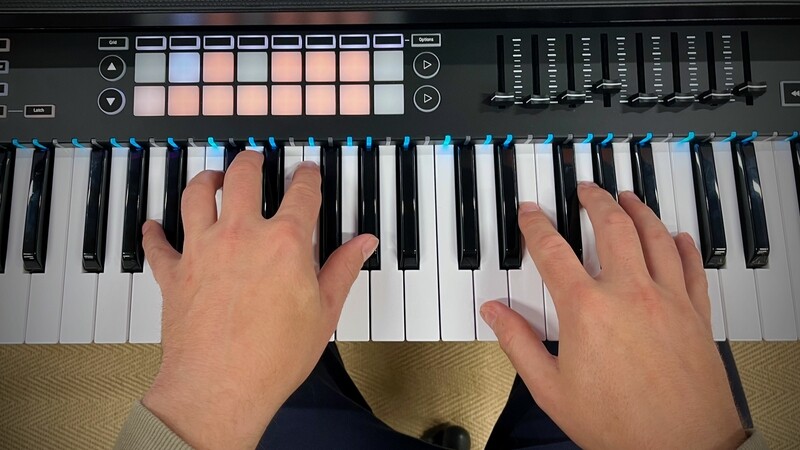Chords, and the wide range of types of chords, are the centre of most music throughout history, from the earliest classic pieces to the most up to date modern pop tunes. But what are chords? Basically, a chord is when two or more notes are played at the same time. The reality can be a little bit more complex as there are many different types of chords to choose from, so in this chords guide, we are going to have a close look at a number of chord types and how to use them in your tracks.
